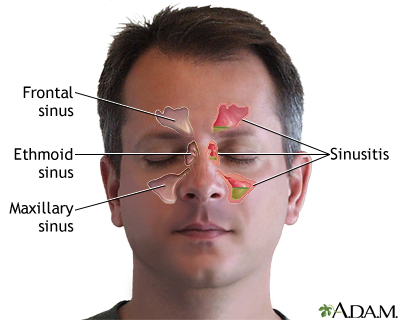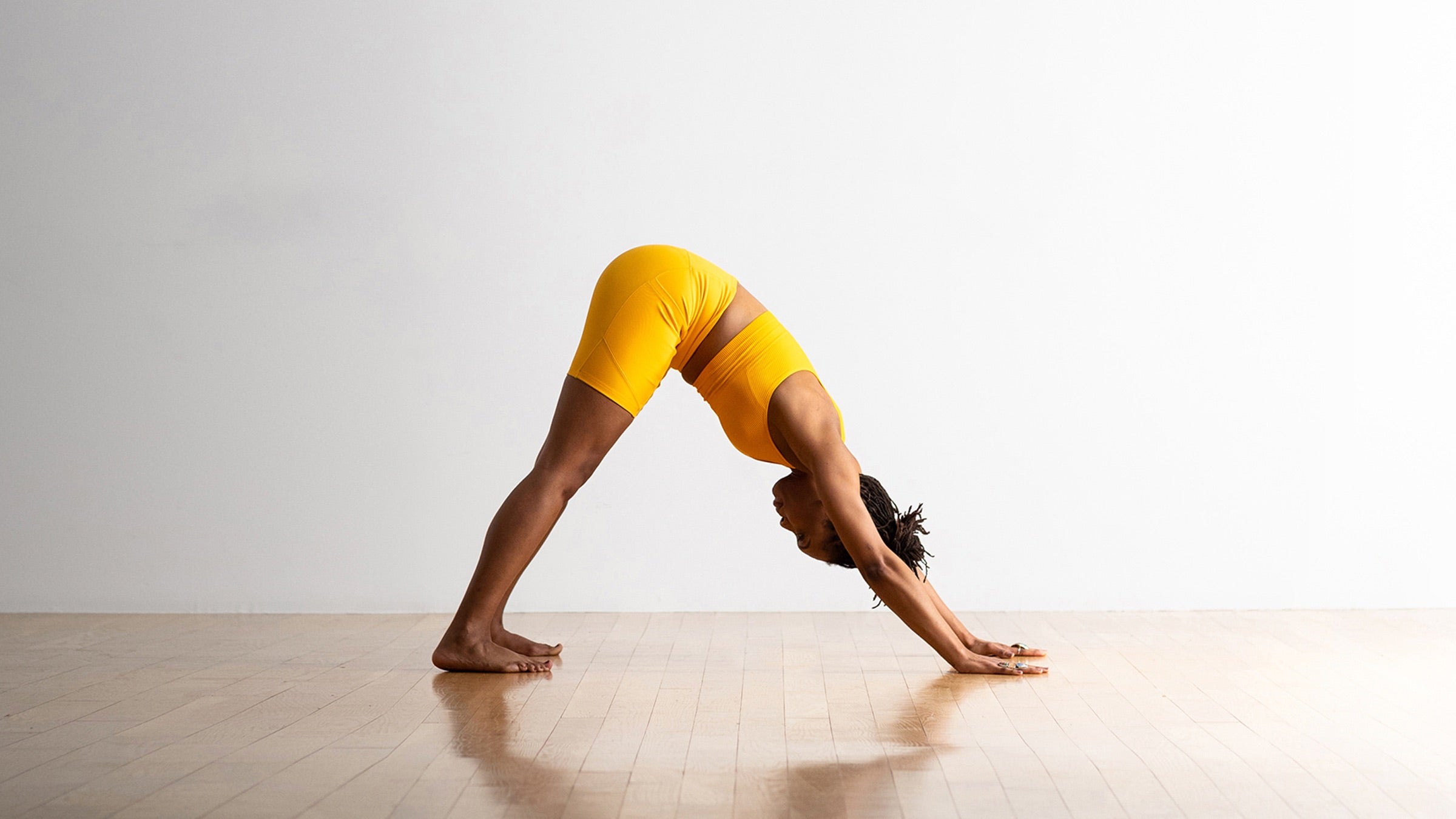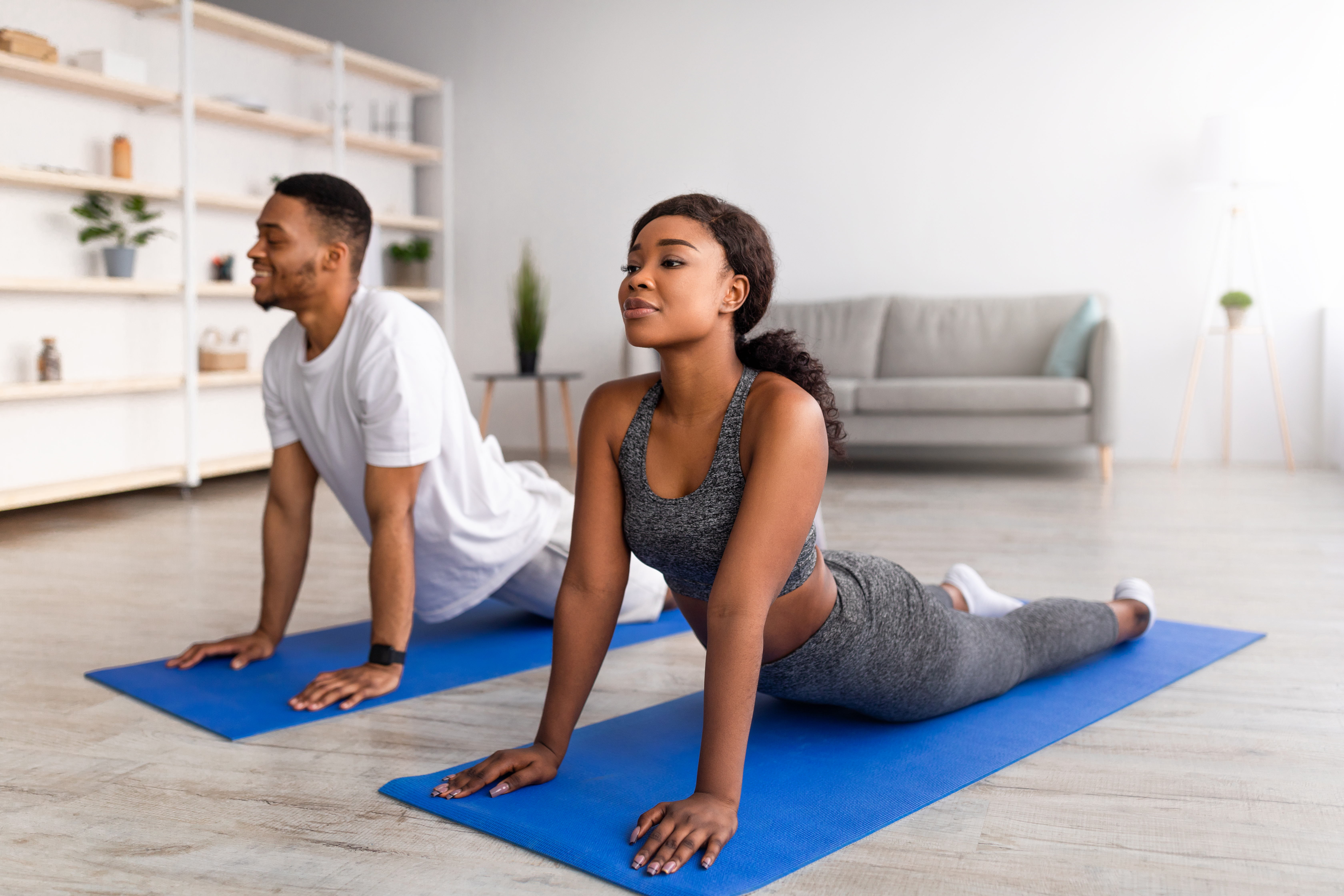INTRODUCTION:
The sinuses, located in your face and skull, play a vital role in your overall respiratory health. Not only do they warm and humidify the air you breathe, but they also filter out dust and debris.
Additionally, the sinuses contribute to the resonance of your voice. However, when the sinuses become blocked or inflamed, sinusitis can occur. This condition can be triggered by various factors, including colds, allergies, and infections.
In this article, we will explore the benefits of yoga therapy for sinus relief, providing evidence-based practices to ease congestion and promote overall well-being.
The sinuses are air-filled cavities in your face and skull that surround your nasal passages. They have several important functions, including:
Warming and humidifying the air you breathe:
As air passes through your sinuses, it is warmed and moistened by the mucus membranes lining them. This helps to protect your lungs from dry, cold air.
Filtering dust and debris from the air:
The mucus in your sinuses also traps dust, pollen, and other particles that you inhale. This helps to keep your lungs clean and healthy.
Adding resonance to your voice:
The sinuses act as resonating chambers for your voice, giving it its depth and richness.
An image of Where are the sinuses located on the human face

However, sometimes the sinuses can become blocked or inflamed, leading to a condition called sinusitis.
Several factors can contribute to this phenomenon, such as:
Colds or allergies:
When you have a cold or allergies, the lining of your sinuses can become inflamed and swollen, which can block the drainage pathways.
Bacterial or viral infections:
Sinusitis can also be caused by a bacterial or viral infection.
Structural abnormalities: In some cases, sinusitis can be caused by structural abnormalities in the nose or sinuses, such as a deviated septum.
Symptoms of sinusitis include:
Facial pain or pressure, especially around the eyes, nose, and cheeks.
Nasal congestion or discharge
Loss of smell or taste
Headache
Fever
Fatigue
If you think you might have sinusitis, it is important to see a doctor.
Identifying the ailment and advising on the most effective treatment plan are within their capabilities.
Typically, the recommended treatment for sinusitis encompasses:
Over-the-counter medications:
Decongestants, pain relievers, and antihistamines can help to relieve symptoms.
Nasal corticosteroids:
These sprays can help to reduce inflammation in the sinuses.
Antibiotics:
If your sinusitis is caused by a bacterial infection, you may need to take antibiotics.
Home remedies:
Using a humidifier, taking hot showers, and drinking plenty of fluids can also help to relieve symptoms.
In most cases, sinusitis will clear up on its own within a few weeks.
However, if your symptoms are severe or do not improve with treatment, you may need to see a specialist for further evaluation.
Here are some additional tips for preventing sinusitis:
Wash your hands frequently. This can help to prevent the spread of germs that can cause sinusitis.
Avoid secondhand smoke.
Smoke can irritate the lining of your sinuses and make them more likely to become inflamed.
Use a saline nasal spray. This can help to keep your sinuses moist and prevent them from becoming blocked.
Yoga Therapy can help relieve sinus congestion and pressure in winter:
Downward-Facing Dog (Adho Mukha Svanasana):This inversion pose helps drain mucus from the sinuses and improve circulation. Assume a hands-and-knees position, aligning your shoulders directly above your wrists and positioning your hips over your knees.. Push your heels back towards the mat and straighten your legs as much as you comfortably can, keeping your back flat. Hold for 5-10 breaths |  |
 | Child’s Pose (Balasana):This relaxing pose helps open up the nasal passages and relieve sinus pressure. Sit back on your heels and fold forward, resting your forehead on the mat and extending your arms out in front of you. Keep as long as you desire. |
Bridge Pose (Setu Bandhasana):This pose helps improve lymphatic drainage and reduce inflammation in the sinusesAssume a supine position with your knees flexed and feet resting flat on the mat. Lift your hips up off the mat, keeping your shoulders on the ground. Hold for 5-10 breaths. |  |
 | Cobra Pose (Bhujangasana):This pose helps open up the chest and improve breathing, which can help relieve sinus congestion. Lie on your stomach with your palms flat on the mat under your shoulders. Gently lift your upper body off the mat, keeping your navel on the ground. Hold for 5-10 breaths |
 | Anulom Vilom Pranayama (Alternate Nostril Breathing):This breathing technique helps balance the flow of energy in the body, which can help relieve sinus congestion. Sit comfortably with your spine straight. Close your right nostril with your thumb and inhale slowly through your left nostril. Close your left nostril with your ring finger and exhale slowly through your right nostril. Repeat on the other side for 10-20 breaths. |
Bhramari Pranayama (Bee Breath):This breathing technique helps to calm the mind and relieve stress, which can help to improve sinus symptomsMaintain a comfortable seated position with your spine aligned and gently close your eyes. Inhale deeply and then exhale slowly, making a humming sound like a bee. Repeat for 10-20 breaths. | |
Conclusion
Ensure that you pay attention to your body and make adjustments to these poses as necessary to suit your individual needs. talk to your doctor before starting any new yoga practice.
In addition to yoga,
There are a few other things you can do to relieve sinus congestion in the winter:
Ensure air moisture with a humidifier.
Drink plenty of fluids to stay hydrated.
Avoid irritants like smoke and dust.
Use a saline nasal spray to loosen mucus.
Take a warm shower or bath to help thin mucus.
